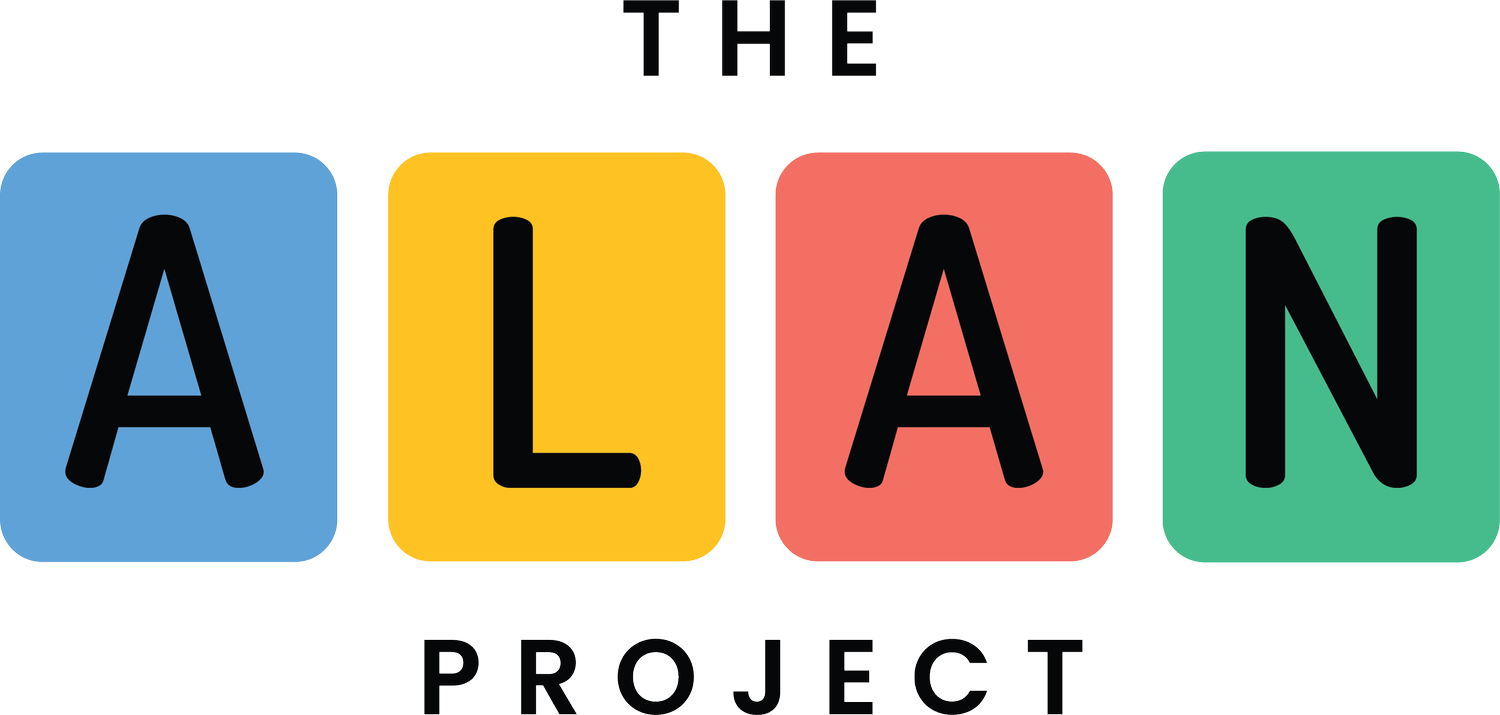Lesson 1: How to notice inclusion in your own life — even if you don’t see yourself as marginalised.
Context
Inclusion can often seem like a concept only relevant to widely known marginalised groups.
To take an excerpt from the website, CultureAlly.com:
“Marginalized groups include women, people with disabilities, people of color, LGBTQ+ folks, Indigenous peoples, people of a lower socio-economic status, and so on.”
But, what happens if you aren’t part of these marginalised groups? Is inclusion still relevant to you?
In our opinion, yes — because:
We are all different.
We all have different perceptions of what is different and what is normal.
A question to reflect on
How are you different from what another person might consider normal?
Think about your abilities, your strengths, your weaknesses, your desires, your relationships, your beliefs, and the many other parts that make up who you are.
If you feel comfortable, you can anonymously share your answer here.
Please note: everything you write will be automatically shared publicly below, so only submit what you’re comfortable sharing online.
What did you notice when reflecting on this question?
It might have felt uncomfortable to do this. You may not have had to consider yourself in this way before.
But people can often have their own perceptions of what is different versus what is normal.
Likewise, people can have many characteristics that others may perceive as different from what they consider normal.
So, even if you aren't a part of the commonly talked about marginalised groups - you can still be excluded just for having a characteristic that is different from what people see as normal.
How to develop a greater understanding of inclusion in relation to your own interactions
Think about your last interaction with someone and consider these questions:
What was one thing you had in common with that person?
What was one thing you didn’t have in common with that person?
How did your similarities or differences influence the way they interacted with you?
How did the other person’s similarities or differences influence the way you interacted with them?
In your opinion, were both of your needs met and accommodated throughout the interaction?
Please note: everything you write will be automatically shared publicly below, so only submit what you’re comfortable sharing online.
What did you notice when you did the above exercise?
Did this help you reflect on your biases and actions within one of your interactions?
Did this help you to reflect on how the other person practised inclusion in this interaction?
Identifying the key factors that influence our behaviour during these interactions helps us understand how we approach individual differences in everyday interactions.
Please note: everything you write will be automatically shared publicly below, so only submit what you’re comfortable sharing online.
Likewise, thinking about yourself, how might you be different from what others consider normal?
When people interact with you, which parts of you do you think they are likely to see as different?
Do you think that these might change the way they interact with you? And would this be for the better? Or for the worse?
Please note: everything you write will be automatically shared publicly below, so only submit what you’re comfortable sharing online.
Asking yourself these questions can enable you to better relate to the idea of inclusion and how it is practised in your everyday interactions.
Disclaimer
With all of this in mind, it is important to acknowledge the role of privilege when considering parts of your identity that others might see as different.
If you aren’t part of a recognised marginalised group, it can be assumed that some things will be easy for you.
Inclusion will likely be easier to receive if you have identities that are typically valued by society.
However, identifying inclusion in our own interactions and noticing when we receive it and when we don’t - can help us understand the role it plays in our everyday lives.
Understanding inclusion within the context of ourselves can help us to empathise with those who may not receive it as frequently.
You only know what it is like to live your own life and no one else’s.
So, even if you don’t find inclusion difficult to come by - noticing the simple moments of inclusion in your everyday interactions can help you deepen your understanding of what it truly means to feel included.
Summary
Inclusion isn’t just relevant to the widely known marginalised groups (e.g. people with disabilities, queer people, people of colour etc.) - it is relevant to everyone.
Everyone is different from one another, and likewise, everyone has their own individual perceptions of what is considered normal and what is considered different. What one person considers different might be normal to another person.
Reflecting on how inclusion is practised in your current interactions and relationships can help you develop a deeper awareness of inclusion in action (whether you are the one including others or the one being included by others).
It is important to acknowledge that being a part of a widely known marginalised community can present many additional barriers that might make inclusion harder to come by.
With the previous point being said, regardless of whether you consider yourself marginalised or not, noticing the simple moments of inclusion in your everyday interactions can help you deepen your understanding of what it truly means to feel included.
This lesson was written and produced by Satria Arbai
Thank you for reading!
This post was written and designed on the stolen lands of the Wurundjeri People of the Kulin Nation.
At The ALAN Project, we acknowledge that his land always was and always will be Aboriginal land.
We also acknowledge that First Nations communities often face marginalisation, and we are committed to listening, learning, and amplifying different perspectives on how we can create an inclusive environment for First Nations peoples.
